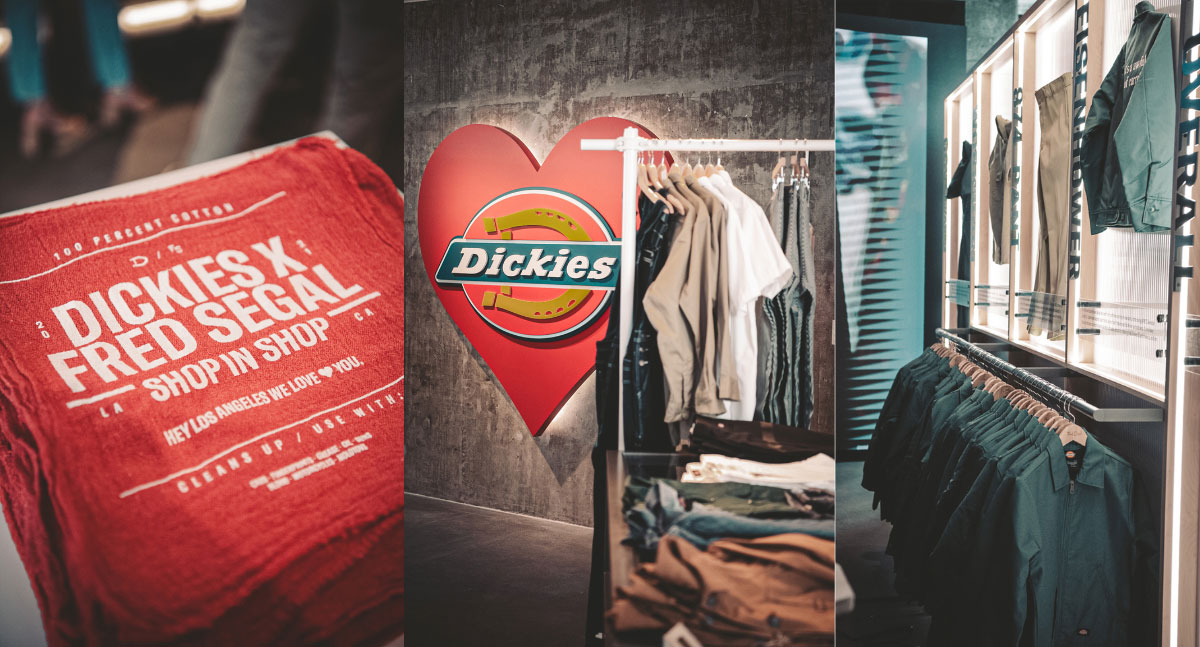Brand Experiences
Luxury Meets Athleisure: The Future of High-End Fashion
By Tearle Calinog

The pandemic has triggered rapid casualization in the fashion world. This casualization contributed to the boom of the athleisure trend, which is here to stay. Luxury fashion brands must adapt and create clothing with consumer benefits in mind. One way luxury brands can remain relevant in this changing environment is by partnering with brands that are more geared towards active wear.
The athleisure market size was valued at $155.2 billion in 2018 and is expected to reach $257.1 billion by 2026, registering a CAGR of 6.7% from 2019 to 2026. Luxury brands, however, may face challenges in the current market as 56% of adults are not planning to buy clothing other than the basics and necessities in 2022.
COVID-19 caused an immediate change to people’s lifestyles, from being out of the house most of the time, to staying in lockdown at home. Despite this change occurring over two years ago, the effects are still unraveling. Clothing items that previously were only worn within the confines of one’s own home are now more frequently being seen in public as well.
As work shifted to a remote environment, so did the dress code. Consumers became accustomed to living in their athleisure, and the recent return to the in-office workplace has brought about relaxed dress codes and more casual expectations.
With this adoption of a more casual lifestyle, luxury retail brands have lost some of their popularity, however adopting athleisure, which holds a degree of cool factor that can give them new life, may be a great addition to their collections. A good way to make this pivot and embrace change in the industry is to partner with already established casual fashion companies for special collaborations.
Benefits
Collaborating within the industry allows organizations to share insights and strategies for success as fashion undergoes drastic changes. For a luxury brand, partnering with a brand that is respected, yet falls into a very different category than they do, can generate buzz and get people talking. Not only do these collaborations benefit both brands in terms of their image, but they are also extremely lucrative. For example, the 2017 C.R.E.A.M. (Cash Rules Everything Around Me Auction), which had sales totaling $1 million, with one of the highest selling items being a Supreme x Louis Vuitton trunk which impressively sold for almost $100,000.
Another benefit of joint brand promotion is that each entity involved can reach a new audience and meet the expectations and convictions consumers have today. When a luxury clothing house partners with a more relaxed, affordable, yet still well-known brand, they can attract a younger audience that has not previously had access to high-end fashion.
65% of consumers consider brands’ commitment to sustainable development when purchasing luxury products, so luxury consumers can also benefit from sustainability, comfort, and size inclusivity that athleisure brands are more attuned to. The types of materials that athleisure brands make use of are more adaptable to a diverse range of body types, which in 2022 is crucial for clothing brands to consider.
On the other hand, athleisure companies are able to elevate their brand by reaching high-end consumers that may have previously overlooked their label for more luxurious options.
An example of a partnership that approached collaboration strategically is the 2022 Gucci x Adidas collection. The collection, which was released this June, stays true to Gucci’s trademark eclectic designs, while still appearing more wearable and appealing to new audiences. The collection includes three stripe loafers and jackets with the Adidas logo front and center, among many other pieces.
One key part of this collaboration is the creation of a joint logo featuring the vintage Adidas trefoil logo with Gucci printed in its classic serif font underneath. Combining their branding in this way fuses Gucci and Adidas together in the mind of the consumer while still having the two brands instantly recognizable.
Another brand partnership that has found ongoing success is Yeezy Gap. Kanye West’s ultra-popular brand Yeezy, combined with Gap, a staple of attainable American fashion creates a contrast that attracts a new crowd to both brands. Gap reports that over 70% of Yeezy Gap customers were shopping with them for the first time.
The collaboration also brought in the help of Balenciaga to create the wearable yet fashionable Yeezy x Gap Hoodie, the centerpiece of the collection. While the collection itself features simple and monochromatic pieces, the West name, along with the modern branding creates a luxury feel that adds a new dimension to the Gap, while Yeezy benefits from the approachable and accessible reputation of the Gap brand.
In 2021, Dickies teamed up with Fred Segal for the launch of their pop-up shop, Fred Segal x Dickies Loves LA, in partnership with SGK. While Dickies traditionally focused on workwear apparel, the retailer has shifted to the lifestyle sector over the past few decades as their brand has been sported by celebrities and in recent years gone viral on social media among new audiences.
The pop-up shop featured different artists stationed onsite to customize classic Dickies pieces for customers, giving each visitor a personalized experience. By collaborating with a well-established, high-end, retail brand like Fred Segal, Dickies is able to further promote its label.

Precautions
While collaboration can be an effective tool to access an expanding customer base, it is important that brands do their best to still appear authentic. Moving too far from their heritage can undermine target consumers and drive them away from the brand as many luxury retail consumers value high-end brands as a status symbol. In order to not lose their core base consumers, companies must err on the side of caution when introducing new styles to their collections.
Gemo Wong, a designer who has worked on multiple collabs including the Jordan Brand and NBA All Star 2019 Chicago-themed collaboration, has strong opinions on the topic; “Create some magic and tell a story while you have the opportunity, most importantly, keep it fun”.
In executing a collaboration, brands must meticulously plan ahead. Marketing and design teams from both companies must be on the same page, if not the vision, execution, and messaging may not align. If responsibilities and tasks are assigned in the initial phases, such as who has the final call on certain decisions, both brands can avoid conflict and ensure that the visions of both brands are made a reality.
Partnering with fresh brands can be extremely beneficial to well-established luxury brands, however fleeting trends should be avoided. In order to avoid these collections from becoming short-lived moments, there must be a balance between classic and modern to appear sophisticated and make a lasting impression.
It’s all about finding a partnership that allows each brand to keep their integrity while creating something new and exciting for consumers. If a brand can keep the pros and cons in mind as it establishes partnerships, they will succeed in increasing awareness with new segments leveraging a mutually beneficial partnership.